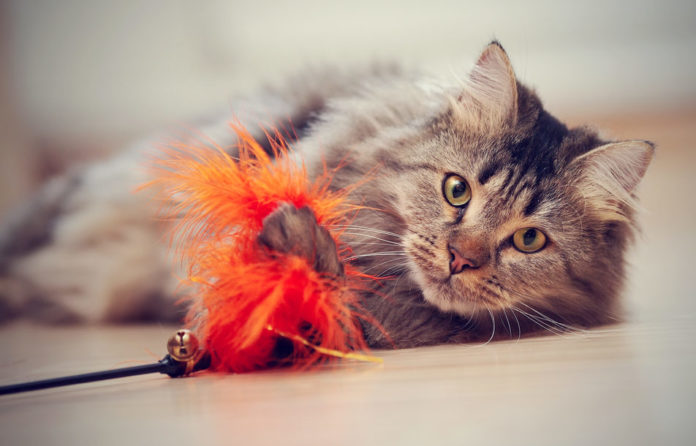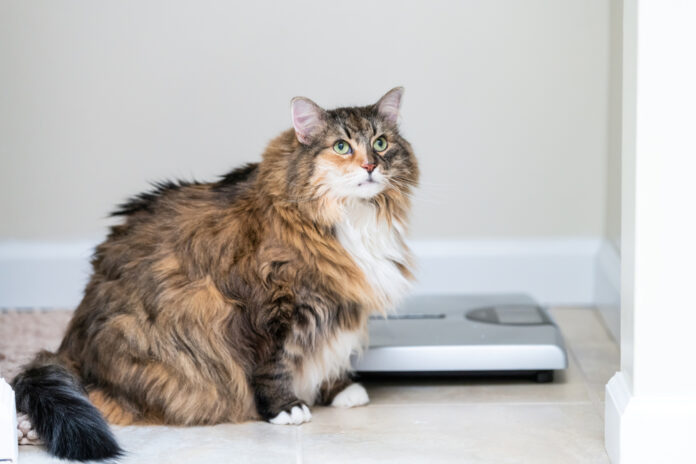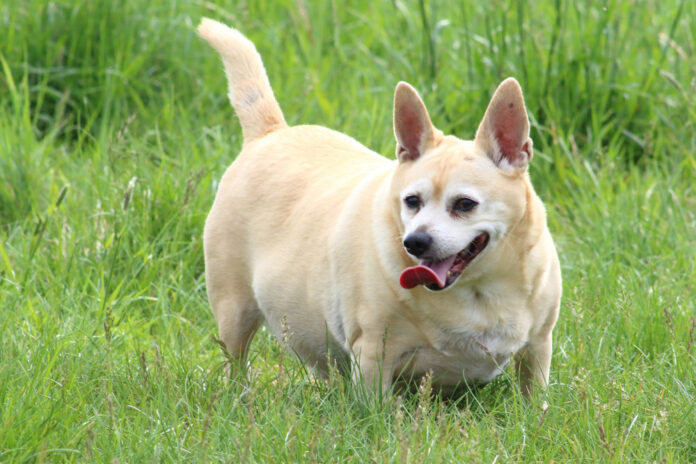Interactive play for cats

Daily interactive play is a great way to help keep your feline fit, svelte and content.
If you’re like most cat lovers, you probably buy all kinds of toys for your kitty, only to discover that he quickly loses interest in them after a few days or sometimes even a few hours. The fact is, cats are hunters by nature, and therefore tend to be more attracted to moving targets. A toy mouse that just lies there isn’t nearly as much fun as a live one that’s running around the house. This means you need to make the toy one move now and then so your cat will chase it! In short, regular interactive play is a big part of keeping your cat fit, happy, stimulated and well-behaved, especially if he spends most of his time indoors.
Start early
The need for play begins at a young age. “A kitten’s job is to sharpen his hunting skills,” says cat behavior specialist Mieshelle Nagelschneider. “There is no way around this! If kittens don’t have the appropriate outlets for play, they may choose less appropriate targets to hone these skills on. They might start attacking their owner’s ankles or sneaking up on another cat or dog in the household to pounce on and bite.”
Mieshelle adds that interactive play with a kitten should begin as soon as possible after you adopt him. This not only helps get his development on the right track, but also alleviates any stress or fear he might be experiencing as he adjusts to his new environment. Cats are very prone to stress, and will often act out as a result. They might start going outside the litter box, meowing excessively, scratching and chewing furniture and even spraying the walls. Daily interactive play can help prevent this. “Cats cannot feel fear while displaying animated play,” says Mieshelle. “These two mood states are independently controlled.” Regular play builds up confidence and trust in a fearful cat.
Prey and predator
Interactive play isn’t just about dragging a string across the floor or waving a feathered stick in the air. It’s about using the toy to mimic the behavior of his natural prey so his stalking and hunting instincts are stimulated.
Observe your cat’s behavior when he’s playing. Does he like to pounce or fling himself from high places, or jump out at things from under a bed or behind a chair? If the former, try making the toy act like a bird in flight; if the latter, make the toy behave like a mouse scurrying for cover. If your cat doesn’t seem interested in one approach, try another.
“You should also try and focus on giving your cat a mental challenge, rather than just trying to wear him out physically,” adds Mieshelle. “Part of the hunt for a cat is about strategizing and being stealthy. You can wear any cat out physically, but he may not be fully satisfied if he was not mentally challenged. For example, you can help a cat think more by hiding the end of a wand attachment [e.g. feathers] round the corner of a sofa or inside an empty box for a few moments. “Let the cat catch the toy over and over again, but do your best not to make it too easy to catch, nor too difficult,” Mieshelle advises.
 Cats in the wild hunt between seven and 17 times a day. Domestic house cats may need between one and three interactive playtimes every day, depending on their drive to hunt. Schedule play sessions during times of the day when your cat is most active, and stick to those times to help your kitty anticipate and look forward to them.
Cats in the wild hunt between seven and 17 times a day. Domestic house cats may need between one and three interactive playtimes every day, depending on their drive to hunt. Schedule play sessions during times of the day when your cat is most active, and stick to those times to help your kitty anticipate and look forward to them.
Depending on your cat’s age, he’ll decide how long playtimes should last. Some cats will play as long as 15 to 20 minutes, while others may prefer shorter, more frequent games. End each play session by letting your cat catch his “prey”, then afterwards, put the toy away and out of his reach. If the toy is always out, he may quickly become disinterested in it. Rotating toys is also a great way to keep playtimes fresh and interesting for your cat. Immediately after play, offer verbal praise and a few healthy treats.
Avoiding aggression Never use your hands or feet while playing with your cat; it might make him think it’s okay to “attack” and bite them (and the hands and feet of other people) any time he wants. Nor should you ever roughhouse with a cat like you would a dog, and that includes games of tug-o-war. You could turn your cat against playing with you and/or cause unwanted aggression later on.
Scheduling regular interactive play sessions with your cat will help him associate you with fun and companionship, and not just as someone who dispenses food once or twice a day. “Some people think cats are low maintenance and can take care of themselves in many areas, including play,” says Mieshelle. “This is the reason they don’t initiate play with their cats.” It may also be the reason a lot of people think cats are aloof or standoffish. Making time every day to play with your cat will not only help keep him from getting bored, stressed or overweight…it’s also fun, relaxing, and will create a wonderful and lasting bond between you.




